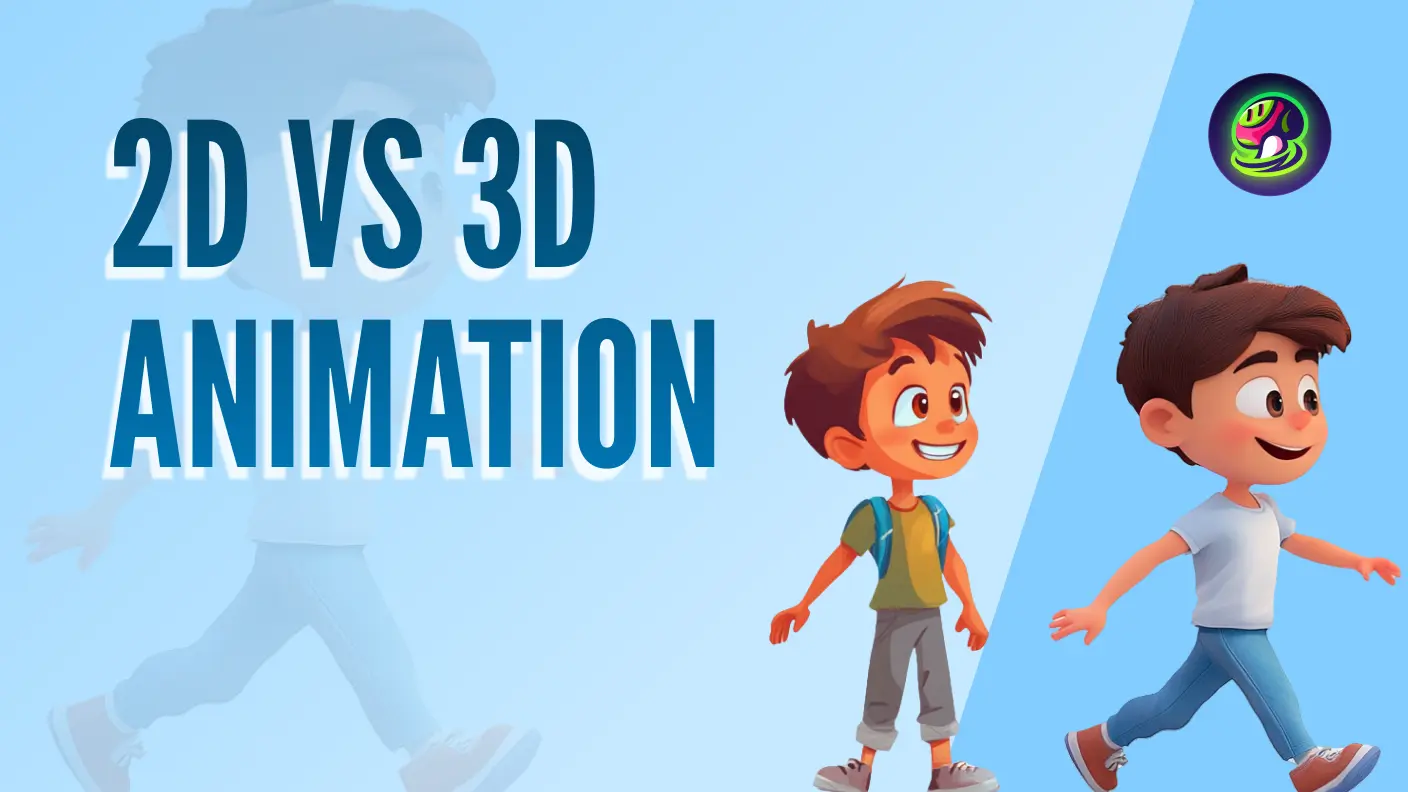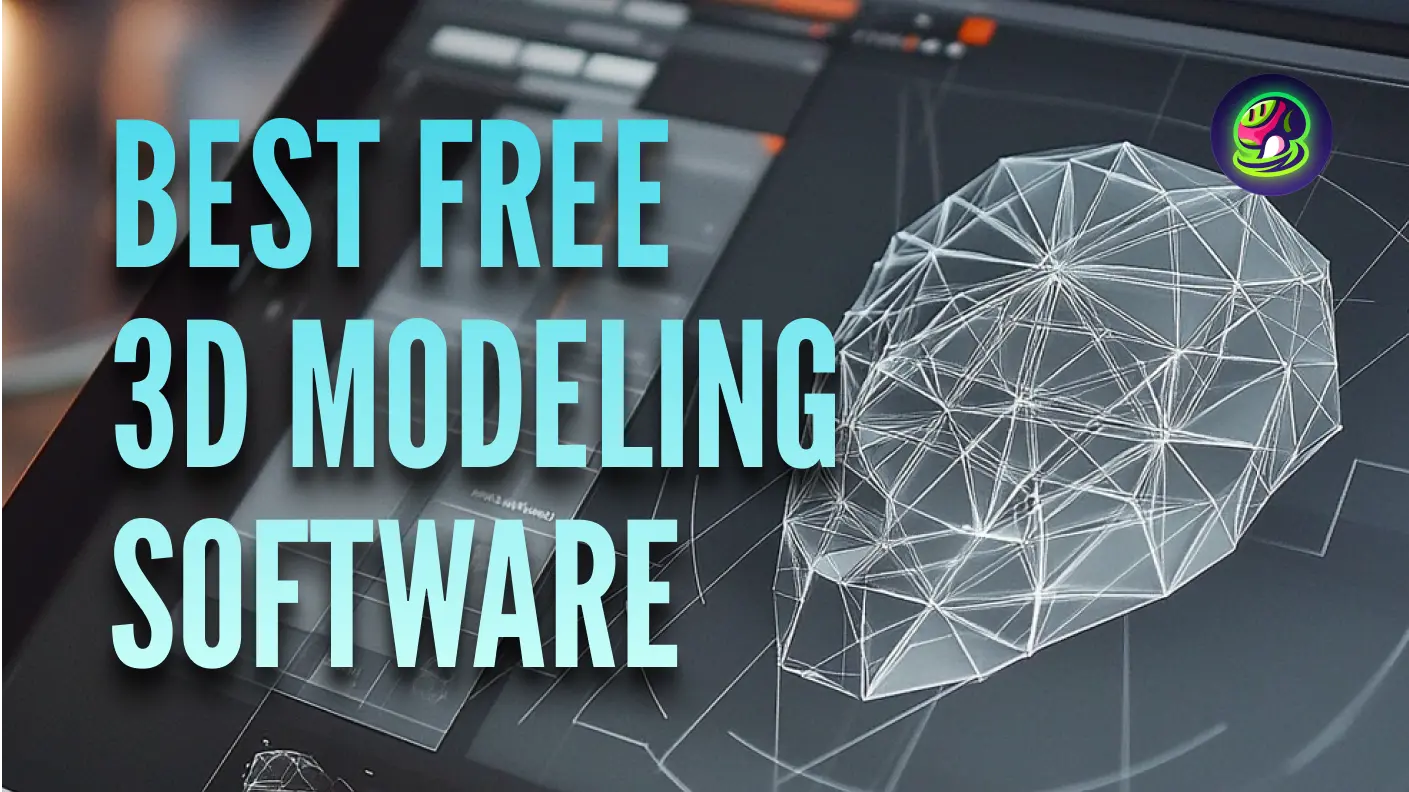Introduction
Animation production has evolved into a sophisticated blend of traditional artistry and cutting-edge technology. From storytelling to 3D modeling and rendering, the process requires a strategic approach to ensure efficiency and creativity.
This guide breaks down the essential steps in animation production, from pre-production to post-production, helping both indie creators and animation production companies navigate the workflow efficiently.
What is Animation Production?
![]()
Animation production is the structured process of creating animated content, from initial concept to final rendering. It consists of multiple stages, including pre-production, production, and animation post-production. Each phase plays a crucial role in shaping the final output, ensuring a smooth workflow and high-quality visuals.
With advancements in AI and real-time rendering, animation production has become more efficient. AI-powered tools like Meshy AI streamline asset creation, texturing, and rigging, allowing animators to focus on creativity rather than repetitive tasks.
If you're looking to break into animation, mastering essential skills is key. Explore our essential animator skills guide to understand the industry demands and how to build a successful career in animation.
Animation Production Pipeline: Step-by-Step Guide
For a more in-depth look at the animation production pipeline, visit our animation production pipeline guide.
1. Pre-Production: Building the Foundation
Pre-production is where the core ideas of the animation take shape. This stage sets the groundwork for the entire production process.
Step 1: Develop Your Story and Concept
![]()
- Write a Script: Outline the plot, dialogues, and key moments.
- Create a Storyboard: Sketch key scenes to visualize the animation flow.
- Design Characters and Environments: Develop concept art for consistency.
Step 2: Plan Your Visuals and Workflow
- Make an Animatic: Convert the storyboard into a simple motion sequence.
- Choose the Right Animation Type: Decide between 2D, 3D, stop-motion, or motion graphics based on your project needs.
- Select Your Tools: Use software like Blender, Maya, or AI-powered tools like Meshy AI for asset creation.
2. Production: Bringing Animation to Life
The production phase is where animation assets are created and animated.
Step 3: Create 3D or 2D Assets
![]()
- 3D Modeling: Build characters, objects, and environments using tools like Blender or Meshy AI.
- Texturing & Materials: Apply realistic textures and materials for a polished look.
- Rigging: Add skeletons to characters so they can be animated.
![]()
Step 4: Animate Your Characters and Scenes
- Keyframe Animation: Define important motion points manually.
- Motion Capture (MoCap): Used real-life movements for realism.
- Procedural Animation: Generate movement dynamically using AI.
Pro Tip: Use Meshy AI to speed up the asset creation process and focus more on animation details.
3. Post-Production: Refining the Final Product
Post-production involves polishing the animation with effects, rendering, and audio.
Step 5: Add Visual Effects and Final Render
- Lighting & Shading: Enhance realism with proper lighting techniques.
- Compositing: Combine multiple elements seamlessly.
- Final Rendering: Export your animation using rendering engines like Unreal Engine or Redshift.
Step 6: Sound Design and Editing
- Add Sound Effects (SFX): Enhance actions and movements with suitable sounds.
- Background Music: Set the mood with an appropriate soundtrack.
- Audio Mixing & Syncing: Ensure voices and sounds match the animation timing.
Animation Types: Exploring Different Styles
Animation comes in various forms, each with unique characteristics and use cases. Here are some popular animation types:
![]()
- 2D Animation: Traditional frame-by-frame drawing, commonly used in cartoons and explainer videos.
![]()
- 3D Animation: Digital modeling and animation techniques used in films and video games.
![]()
-
Stop-Motion Animation: A frame-by-frame capture of physical objects, creating a unique, tangible effect.
-
Motion Graphics: Animated graphic elements, often used in advertisements and presentations.
Understanding these styles can help you choose the right approach for your project. Learn more about animation styles in our 2025 animation trends guide.
Latest Trends in Animation Production
The animation industry is rapidly evolving with new technologies and workflows. Some key trends include:
- AI-Generated Assets: Meshy AI automates 3D modeling and texturing.
- Real-Time Rendering: Faster production cycles with tools like Unreal Engine and Unity.
- Hybrid Animation Styles: Combining 2D and 3D elements for unique visuals.
- Cloud-Based Collaboration: Remote teams working seamlessly on animation projects.
Conclusion
Animation production is an intricate yet rewarding process that combines creativity, technology, and storytelling. Whether you're an aspiring animator or an industry professional, understanding the pipeline and leveraging modern tools can significantly enhance efficiency and output quality.
As the industry continues to evolve, staying updated with trends and innovative techniques will help you create compelling animations that captivate audiences. Keep exploring, keep experimenting, and most importantly, keep animating!
FAQ: Common Questions About Animation Production
1. How do I get a job in animation production?
To get started in animation production, build a strong portfolio showcasing your work, gain proficiency in industry-standard software like Blender or Maya, and network with professionals. Consider internships or freelance projects to gain hands-on experience.
2. Does animation pay well?
Yes, salaries in animation vary based on experience, industry, and location. Entry-level animators typically earn around $50,000 per year, while experienced professionals and lead animators can make six-figure salaries, especially in film and gaming industries.
3. How much does a 2-minute animation cost?
The cost of a 2-minute animation depends on factors like animation style, complexity, and production quality. Simple 2D animations may cost around $5,000-$10,000, while high-end 3D animations with detailed rendering can exceed $50,000.
4. What are the different types of animation?
There are various animation styles, including 2D animation, 3D animation, stop-motion, and motion graphics. Each serves different purposes—for example, 2D is often used in marketing videos, while 3D is common in movies and video games.
5. Is animation a stressful job?
Animation can be demanding due to tight deadlines and creative expectations, but it is also highly rewarding. With proper time management, collaboration, and modern tools like Meshy AI, animators can streamline their workflow and reduce stress.


